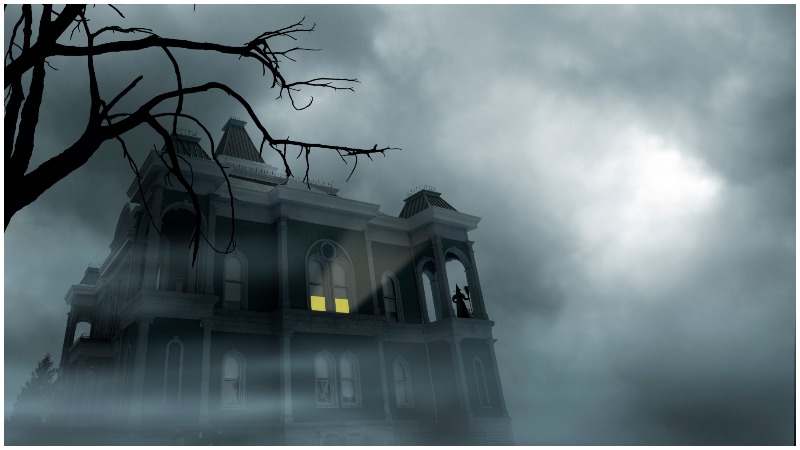It’s just landed on Netflix and is terrifying viewers worldwide. Yet the most frightening thing about The Haunting of Hill House is its source material, based in part on a supposedly true story.
While the small screen version is created and directed by Mike Flanagan (Oculus), the original Hill House saga was the work of author Shirley Jackson, who wrote it in 1959.
The novel’s narrative concerned the research of a paranormal investigator and two troubled women, with whom he explores the legendary structure of the title.
A believer in the connection between psychology and the supernatural, Jackson reportedly took inspiration from 1901, when a pair of young English girls experienced bizarre phenomena far from home in the gardens of Versailles.
The French Palace is renowned for its beauty, but for Eleanor Jourdain and Charlotte Anne Moberly, it became a place of fear during a tour of its green spaces.
Newsweek has been reopening this chilling case of nerve-shredding encounters, where the girls reportedly “either slipped through time or walked through a gathering of ghosts.”
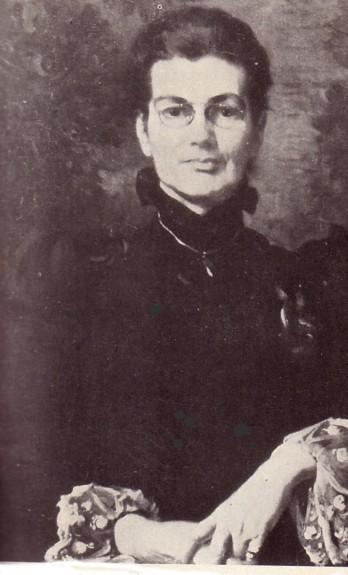
Whilst looking for Marie Antoinette’s Petit Trianon, or little palace, they found themselves meeting “a mother and daughter in period clothes,” most frighteningly a “poxed man in a cloak” and to cap it all off “maybe even Antoinette herself, sketching on the grass.”
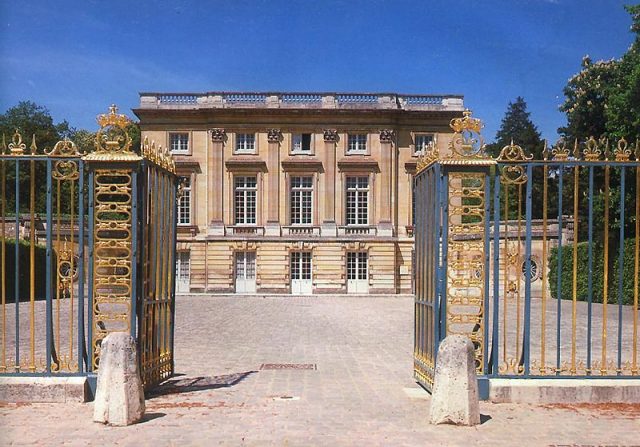
Jourdain and Moberly were so moved by their experience that they committed it to the page a decade later, in An Adventure.
The character of Eleanor in The Haunting of Hill House is said to be named after one of them, featuring in both the book and the 3 screen adaptations.
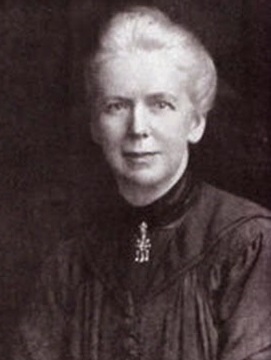
In addition to Flanagan’s take for Netflix, Robert Wise directed what is regarded as the definitive film version in 1963. Jan De Bont released a critically-derided remake in 1999.
The Versailles account was just one of a range of elements on Jackson’s mind as she put the novel together.
According to a 1999 essay written by author and editor Paula Guran, the spark of the idea lay in her “reading about a group of nineteenth-century ‘psychic researchers’ who studied a house and somberly reported their supposedly scientific findings to the Society for Psychic Research.”
Intrigued by the way those reports said more about the researchers than their subject, Jackson set about blending the personal and the paranormal to powerful effect.
Newsweek writes, “She was particularly taken with the work of Nandor Fodor, a psychoanalyst and associate of Sigmund Freud best known for… theorizing poltergeists aren’t spirits, but telekinetic manifestations of the subconscious.”
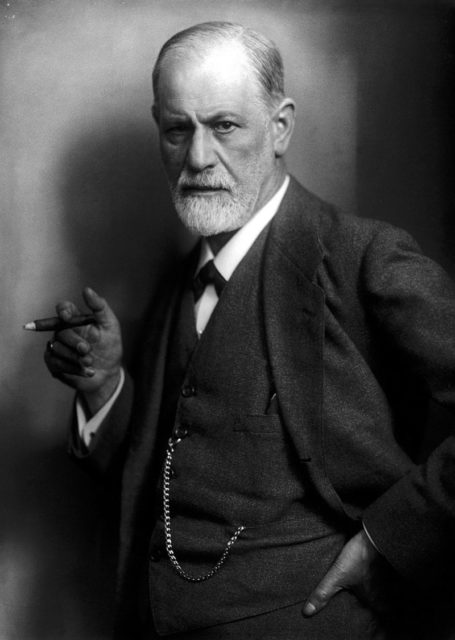
The subconscious world was reflected in her minimalist writing style. Guran reflected on her work, saying that “Jackson suggests rather than explains, implies rather than reveals — frightening more by what she does not say rather than what she does.”
That being said, there was more to the Haunting of Hill House than psychological projection. The author gave the bricks and mortar a palpable presence in the story.
Guran explained that “Hill House not only fulfills its role as a Bad Place (the horrific archetype of any location with a powerful sense of wrongness), but it is also a character — in fact, the antagonist — in the story.”
Jackson had a spooky moment of her own when researching images of buildings. A California residence caught the writer’s attention, only for her to discover it was designed by her great-great-grandfather, an architect.
https://www.youtube.com/watch?v=G9OzG53VwIk
Her enthusiasm about the supernatural went beyond the professional. Referring to her biographer Ruth Franklin, Newsweek reveals the time “Her interests in witchcraft were well-known enough to become literary circle jokes, such as the rumor Jackson spread that it was her spellcasting that caused publisher Alfred A. Knopf to break his leg while skiing.”
Read another story from us: Five cases of real-life exorcism
Whether such stories are true or not, it doesn’t deny the impact her book had on popular culture. Genre-bending names such as Stephen King and Neil Gaiman have sung the book’s praises. The fact Hill House still stands in the Netflix era is a testament to Jackson’s literary achievement.
